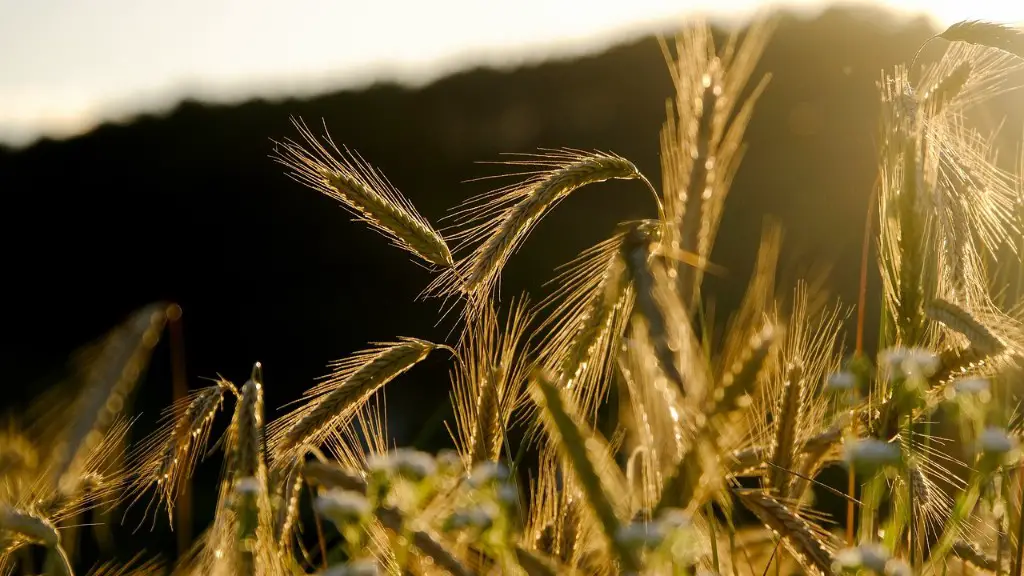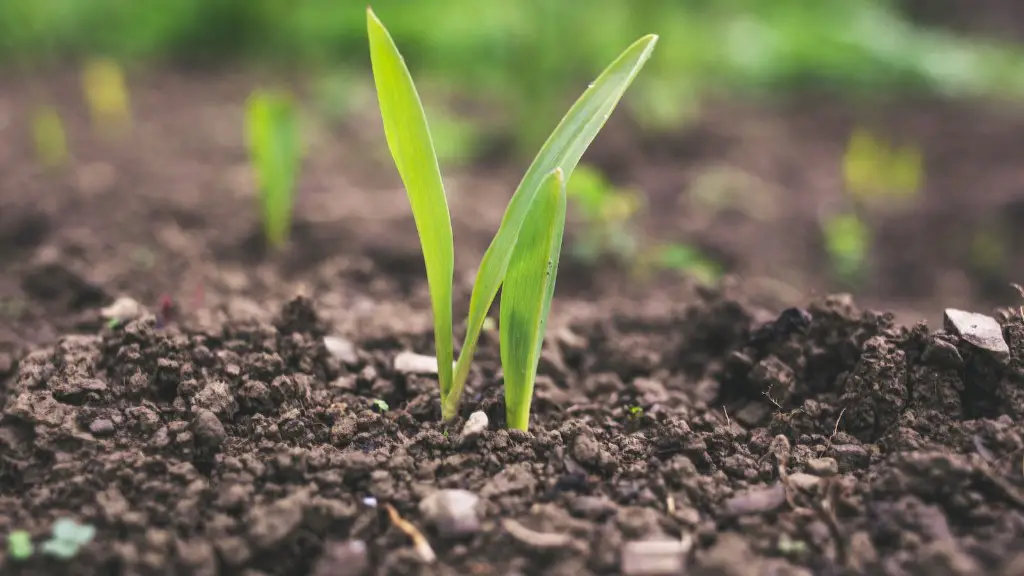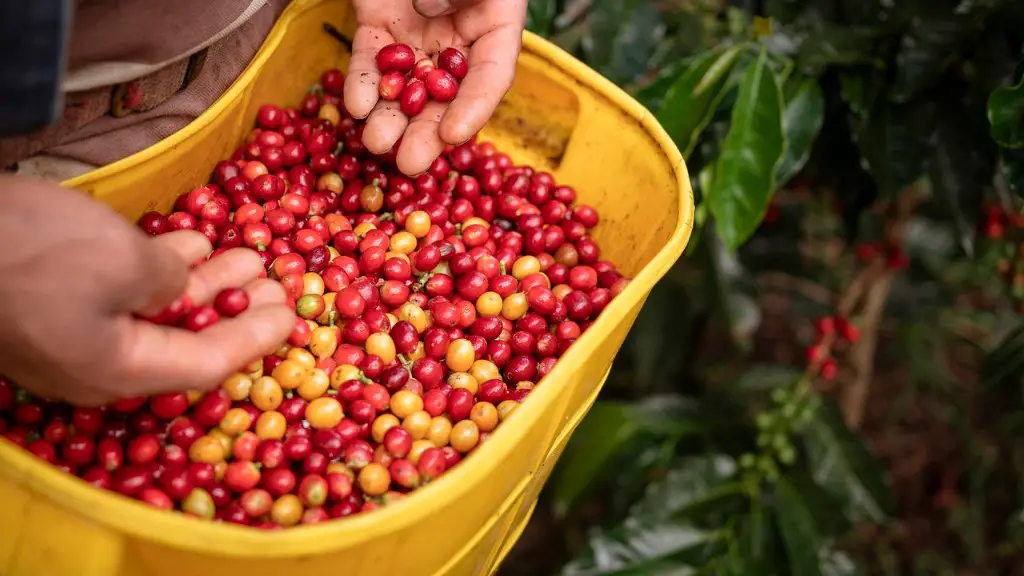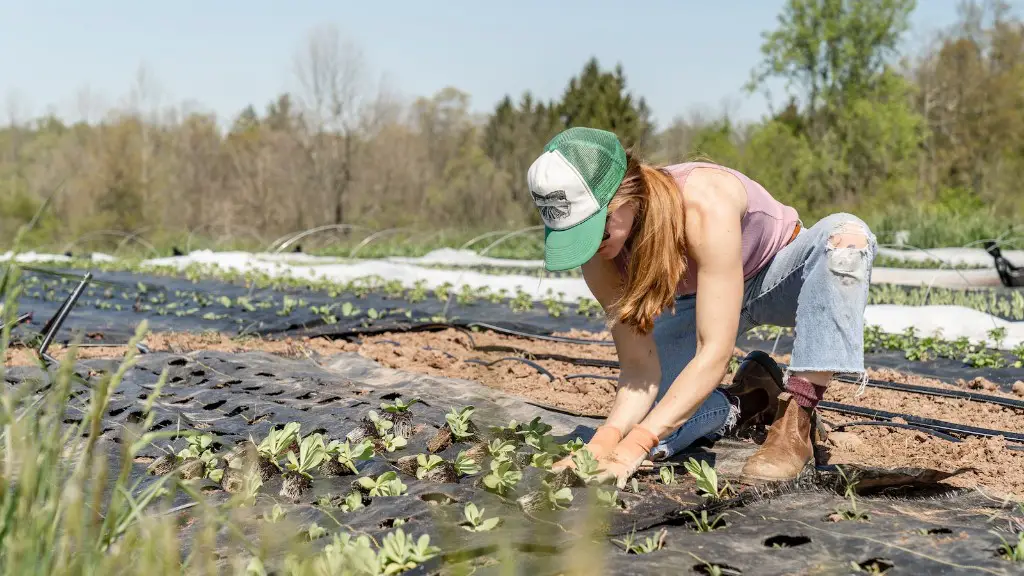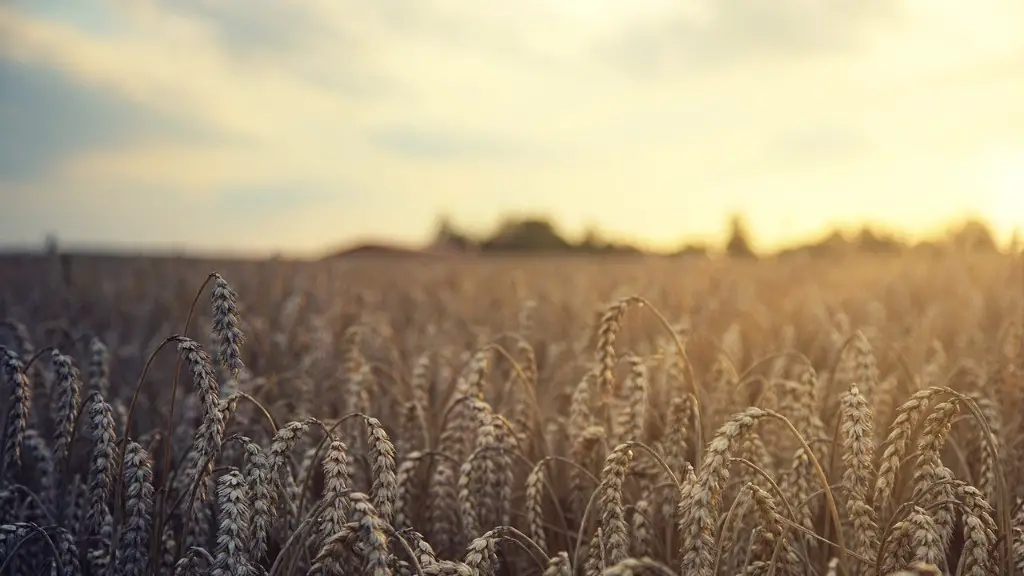In agriculture, tupping is the process of a male sheep mountiing and copulating with a female sheep.
Tupping is the process of sheep breeding whereby a ram is used for mating.
Why is it called Tupping?
Rams that are used for mating are also known as tups (and the verb tupping is used to describe their most important job of the mating season). It’s not known exactly from where the term originates but it was almost certainly from the north of England in the Middle Ages.
Most commonly used in the UK, the word “tupping” is used to describe the act of copulating with a ewe.
What is the importance of tupping
The tupping period is a very important time for sheep farmers. This is when the sheep are mated and the ewes are pregnant for the next lamb crop. A successful start during tupping is essential for a profitable enterprise. If the ewes don’t conceive well during tupping, the lamb crop will be small and this will limit the enterprise from the very start.
Flushing is the process of providing ewes with high-quality feed in order to increase their ovulation rate. This should be done at least three weeks prior to tupping (the mating season). All ewes should have their udder health assessed, and those with lumpy hard udders or infections should be culled.
What is livestock Tupping?
The word “tup” is the Scottish word for a male sheep. The word “tupping” is the act of a male sheep mating with a female sheep. The word “tupped” is the past tense of the word “tupping.”
Zinc is an essential mineral for hoof health and soundness in sheep. It is important to provide adequate levels of zinc in the diet, especially during the tupping period, to ensure that both tups and ewes stay sound and to maintain good hoof quality. Selenium is also important for maintaining reproductive health in sheep, and so it is important to include it in the diet during the pre-tupping period. However, too much phosphorus can lead to embryo loss, so it is important to avoid excessive levels of phosphorus in the diet.
What is a synonym for Tup?
A tup is an uncastrated adult male sheep. The term is most commonly used in the United Kingdom. Tup is also used as a synonym for ram, a male sheep that has not been castrated.
A pregnant ewe is simply a female sheep that is pregnant. There is no specific terminology attached to it. A female sheep can be referred to as a ewe or a gimmer. A female sheep that has given birth is a yow, and a female sheep that is too old for breeding is known as a cull yow.
How much is a TUP
The live TenUp price today is $0019258 USD with a 24-hour trading volume of $98,03077 USD. We update our TUP to USD price in real-time. TenUp is down 069% in the last 24 hours.
A male sheep is called a tup, or ram. In Scotland, the word “tup” is used more commonly.
How many TUPS does a ewe have?
If you want your ewes to breed successfully and have them cycle effectively, you need to make sure they’re well-fed and in good condition. A ram can service 35 to 50 ewes in a day, so you need to have enough rams to cover all your ewes.
It is important to leave the rams with the ewes for 2-3 cycles in order to allow the pregnancies to establish. Any undue stresses to the ewes during this period might increase the number of empty ewes at scanning.
Can you keep a ram with ewes all year round
If you are no longer breeding your ram, there is no need to house him separately from the ewes. He will graze and eat hay with them just fine. This will save you some work in the winter.
Tail docking and castration are both stressful and painful procedures for sheep. Acute pain induced by these procedures lasts several hours and is followed by chronic pain which can last more than 48h.
There is evidence from both behaviour and physiology that these procedures are stressful and painful for sheep. Acute pain lasts for several hours and is then followed by chronic pain which can last for more than 48 hours. This is clearly a welfare concern and these procedures should be carried out with care and consideration for the welfare of the animals involved.
What is the most humane way to slaughter a sheep?
There are various methods of euthanasia, but the most common and preferred methods for sheep are either a penetrating captive bolt or gunshot followed by immediate exsanguination. For hornless sheep, goats, and rams, the recommended placement for the gun or bolt is on top of the head or slightly behind the poll. These methods are considered to be the most humane and efficient ways to euthanize sheep.
There is evidence that suggests that ewe lambs and hoggets reach the same mature weight, on average 655kg. Therefore, age at first mating does not have an impact on ewe growth rate. To allow ewe lambs to continue growing and reach their potential target weight, weaning should take place when their lambs are between 10-12 weeks of age.
Final Words
Tupping is the process of bringing sheep together for mating. It usually takes place in the autumn, and is done by a shepherd using a dog.
Tup breeding is a process of selecting the best rams to produce the next generation of sheep. The practice has been used for centuries to produce sheep with desired traits. Tup breeding is essential to the sheep industry, as it helps to produce animals that are better able to meet the demands of the market.
